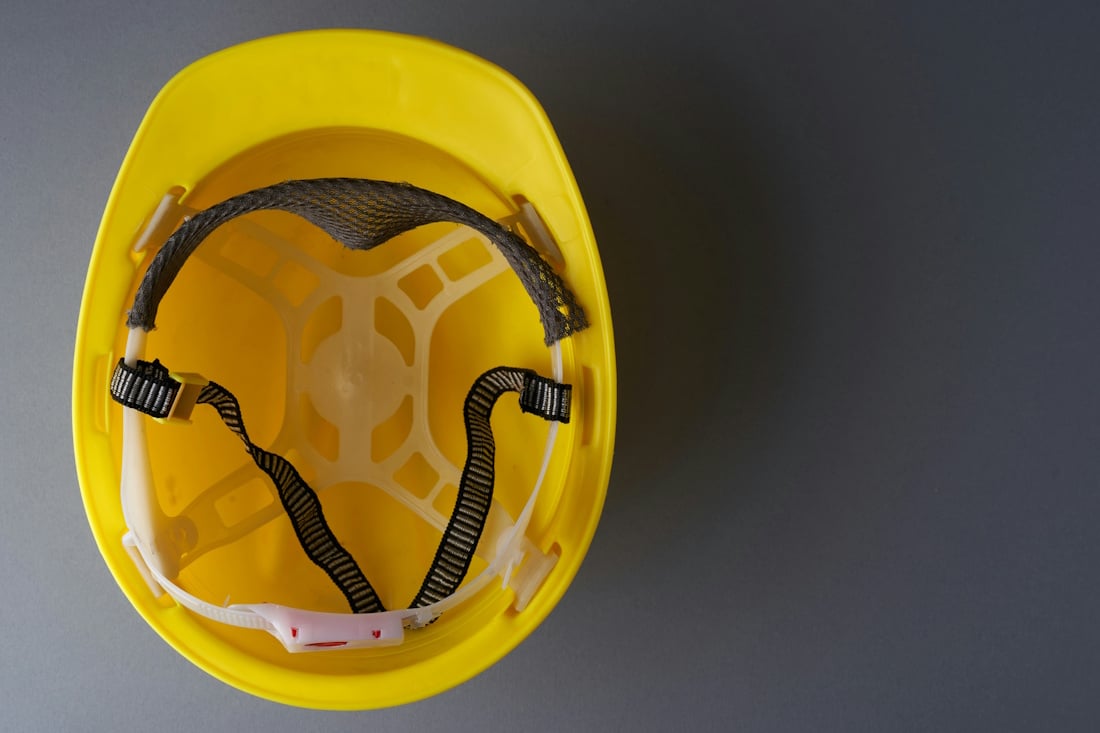The hub and spoke office model features a centrally located headquarters (the ‘hub’) with smaller offices in regional areas (the ‘spokes’).
The hub is typically an organisation’s main office where core operations and strategic decisions are made. Company management is based here, and the hub provides a place for client meetings.
The spoke offices provide space for employees to work without regularly travelling to the headquarters. Depending on the company's needs, these can be shared coworking spaces or dedicated private offices.
Benefits of the Hub and Spoke Model
- Cost-Efficiency: Hub and spoke models reduce the need for expansive single offices. Instead of searching for workspaces for all employees, companies can rent a smaller office in a prime location as their hub. They can then invest in spoke offices in regional areas, which are generally cheaper.
- Scalability & Flexibility: Hub and spoke offices allow businesses to easily scale up or downsize as they need to. Companies can open or close spoke offices as necessary without relocating or expanding one large office.
- Improved Employee Wellbeing: The hub and spoke option can support hybrid working, allowing employees to choose which location they work from and when. Having spokes located closer to employees reduces their commute time and contributes to a better work-life balance.

- Enhanced Business Continuity: This approach allows businesses to adapt to emergencies. Disruptions to the spoke offices, such as natural disasters or power cuts, will not affect the overall operations. Similarly, the spoke offices can provide a temporary backup workspace if the hub office is affected.
- Talent Attraction: With multiple office locations, companies aren’t restricted to a local talent pool and can widen their recruitment efforts. The model also allows businesses to appeal to potential employees who prefer a hybrid work set-up.

- Local Market Presence: Having multiple spoke offices in different regions allows companies to establish a local presence. This can benefit organisations that rely on regional markets, enabling closer connections with clients and communities.
Challenges of the Model
- Greater Demand on Technology: A successful hub and spoke model depends on technology. Organisations must ensure their staff are equipped with the right remote and hybrid working tools. This should include secure access to company networks, collaboration platforms, and virtual meeting technology.
- Coordination & Communication: Effective communication is essential as employees work from various locations. Businesses should ensure clear protocols and policies to keep everyone informed and connected.

- Managing Multiple Sites: Running multiple offices requires thorough planning and management as businesses must address office maintenance and security issues. Serviced offices can be an excellent option for hub and spoke models as they provide a plug-and-play option, allowing companies to focus on their operations from day one.
How to Transition into a Hub and Spoke System
Step One: Evaluate Your Needs
Deciding whether a hub and spoke model aligns with your operational requirements is key. Factors such as number of employees, office space needs and the type of company, should all be considered.
For example, a start-up with a limited budget and fewer employees may find the hub and spoke option too expensive and complex.
On the other hand, large organisations that require collaboration and creativity, such as media or tech companies, can greatly benefit from this approach. The hub provides a collaborative space for brainstorming, while the spoke spaces provide an environment for focused work.
Step Two: Location Planning
Once you have decided if hub and spoke is right for your company, consider the best location.
The hub should be in a central location, which is easy for clients and staff to commute when necessary. The spokes should then offer easy access to the hub office.
A great example of an area for hub offices is Central London. Spoke spaces can then be rented in Greater London or the South East as they provide excellent access into Central London.
Step Three: Upgrade Technology
As we mentioned, hub and spoke models rely heavily on technology. To guarantee a successful transition into this system, your technology should be able to support hybrid working from the first day. Include high-speed internet, VPN and collaborative software to ensure that your staff can work effectively regardless of location.
Step Four: Inform Employees
Communicate with your employees about the benefits and the reasons for transitioning. Ensure you provide training and support while they adapt to new ways of working.

Step Five: Move In
Planning and executing the move-in process for multiple offices requires coordination. Management should have a detailed plan for each office, with staff members assigned specific duties. This can ensure the spaces can be set up simultaneously and reduce downtime.
The Future of the Model in the UK
We predict that the model will continue to shape office space demand. As more UK businesses navigate the evolving work environment and implement hybrid working, the hub and spoke provides a great option.

Companies may experiment with hub and spoke setups, such as a mix of traditional leased space and serviced or coworking options. In these cases, the hub offices could be traditional leased space, and the spokes could be serviced offices as they offer more flexibility.
A rise in demand for spoke offices could lead to the development of smaller offices in multiple locations rather than expansive spaces.
The hub and spoke model can offer a balance of centralised and decentralised workspaces, which helps businesses lower costs, increase operational efficiency, and improve employee well-being. However, it is important to note that successful implementation requires careful planning and investment.
UK businesses considering this option should evaluate their needs and explore how this model could benefit them.











